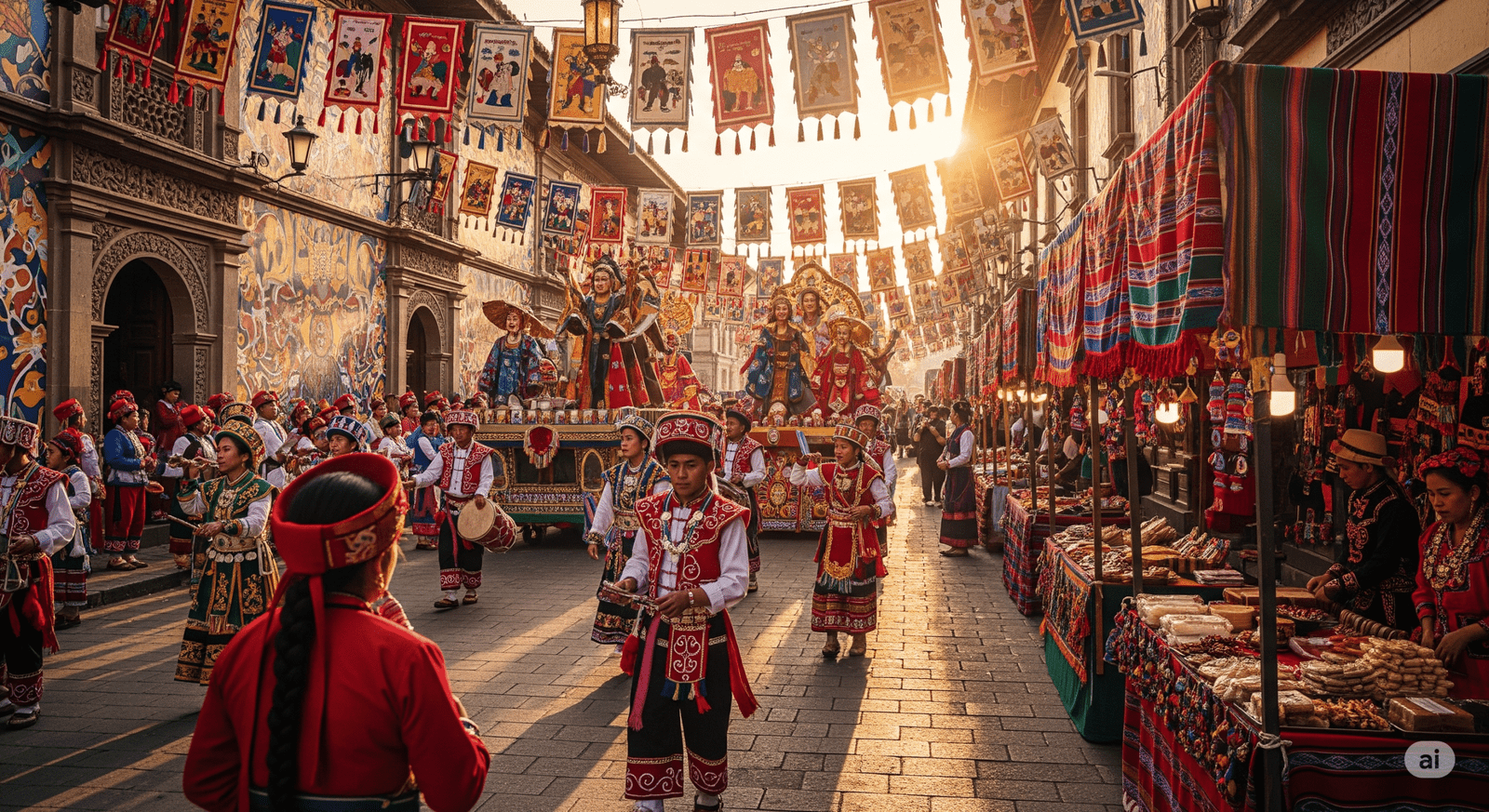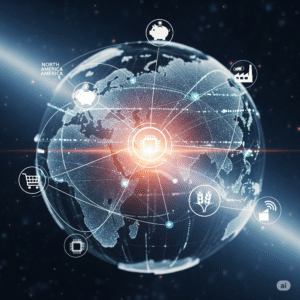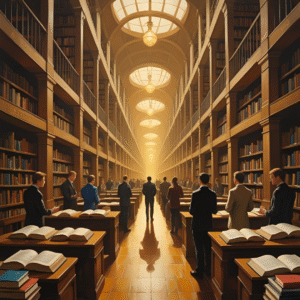Table of Contents
ToggleTraditional Culture vs Modern Culture
Culture is the backbone of human society. It is the collective identity that binds communities together through shared beliefs, customs, traditions, and values. Culture is not static—it evolves with time, shaped by social, political, economic, and technological changes. This evolution creates a dynamic relationship between traditional culture and modern culture, two distinct yet interconnected facets of human life.
Traditional culture represents the inherited values, rituals, and practices passed down from generation to generation. It emphasizes continuity, preservation, and respect for the past. Modern culture, on the other hand, reflects contemporary values, lifestyles, and innovations influenced by globalization, science, and technology. The tension and harmony between these two cultural modes have shaped the way societies function in the 21st century.
This article explores the essence of traditional and modern culture, their advantages and drawbacks, and how societies worldwide attempt to balance them.
Understanding Traditional Culture
Traditional culture is rooted in history, shaped by the experiences, knowledge, and customs of ancestors. It is reflected in language, religion, festivals, art, music, food, clothing, and social norms. Traditional culture gives a sense of belonging and identity to communities.
Features of Traditional Culture
Continuity and Preservation: It emphasizes passing down rituals, customs, and values without major alterations.
Community-Oriented: Traditional culture often prioritizes community welfare over individualism.
Religious and Spiritual Foundation: Religion, myths, and spiritual beliefs play a central role in shaping moral codes.
Symbolism and Rituals: Festivals, dances, and ceremonies carry deep symbolic meanings.
Oral Transmission: Stories, folk songs, and proverbs are used to transmit knowledge.
Examples of Traditional Culture
Indian festivals such as Diwali and Holi, which carry deep cultural and religious symbolism.
Japanese tea ceremonies, which emphasize harmony, respect, and mindfulness.
Native American storytelling traditions that teach moral lessons and preserve history.
Strengths of Traditional Culture
Sense of Identity: Helps individuals connect with their roots.
Social Cohesion: Encourages collective living and mutual support.
Preservation of Art and Heritage: Traditional art forms, handicrafts, and music continue to enrich societies.
Limitations of Traditional Culture
Resistance to Change: May hinder social and scientific progress.
Rigid Social Norms: Sometimes leads to discrimination, gender inequality, or suppression of individual freedoms.
Isolation from Globalization: Too much emphasis on tradition may limit exposure to modern advancements.
Understanding Modern Culture
Modern culture refers to the values, practices, and lifestyles shaped by industrialization, urbanization, globalization, and technological innovation. It is adaptive, dynamic, and constantly evolving to meet contemporary needs.
Features of Modern Culture
Individualism: Focus on personal freedom and self-expression.
Scientific and Rational Thinking: Reliance on logic and evidence over myths and superstitions.
Global Influence: Modern culture often transcends geographical boundaries.
Dynamic Nature: Rapidly changes with technological innovations and social trends.
Urban Orientation: Strongly associated with cities, industrial growth, and digital connectivity.
Examples of Modern Culture
Global pop music and film industries like Hollywood and K-pop.
Fast food culture, symbolized by chains such as McDonald’s.
Fashion trends influenced by global designers.
Social media platforms like Instagram and TikTok shaping youth identities.
Strengths of Modern Culture
Adaptability: Encourages innovation and progress.
Equality and Rights: Promotes gender equality, human rights, and freedom of choice.
Global Connectivity: Fosters cross-cultural interactions and learning.
Improved Living Standards: Advances in medicine, technology, and education enhance quality of life.
Limitations of Modern Culture
Loss of Identity: Globalization can erode indigenous traditions.
Consumerism: Encourages materialism and short-lived trends.
Weakened Family Ties: Emphasis on individualism can reduce communal support.
Mental Health Challenges: Fast-paced lifestyles and digital pressures often increase stress.
Traditional Culture vs Modern Culture: A Comparative Analysis
Values and Beliefs
Traditional culture stresses respect for elders, community harmony, and spirituality.
Modern culture prioritizes individual freedom, equality, and scientific reasoning.
Social Structure
Traditional societies often operate under hierarchical systems, such as caste or clan-based divisions.
Modern societies advocate egalitarianism, where status is based on merit and achievement.
Lifestyle and Daily Practices
Traditional life is slow-paced, revolving around agriculture, crafts, and rituals.
Modern life is fast-paced, driven by industrial jobs, urban living, and digital interactions.
Education and Knowledge
Traditional knowledge is experiential, passed through stories and apprenticeships.
Modern knowledge relies on formal education and scientific research.
Family and Community
Traditional culture values joint families and community support systems.
Modern culture supports nuclear families and personal independence.
Art and Entertainment
Traditional art emphasizes folk music, dances, and handicrafts with symbolic meaning.
Modern art is globalized, often commercial, and shaped by mass media.
Traditional and Modern Culture
While traditional and modern cultures may seem opposed, in reality, they often coexist and influence each other. Societies worldwide attempt to strike a balance between respecting traditions and embracing modernity.
Yoga and Ayurveda (traditional practices) exist alongside modern medicine.
Modern technological advancements are balanced with Shinto and Buddhist traditions.
Traditional tribal dances are performed even in modern festivals.
Classical art and philosophy continue to inspire modern creativity.
This blending of old and new is often referred to as cultural hybridity.
Challenges in Balancing Tradition and Modernity
Generational Gap: Young people lean toward modern culture, while older generations emphasize traditions, leading to conflicts.
Cultural Homogenization: Globalization risks making cultures uniform, erasing unique identities.
Commercialization of Traditions: Festivals and rituals sometimes lose meaning when adapted for modern tourism.
Technology vs Rituals: Excessive reliance on technology may alienate people from traditional wisdom.
Case Studies
China has rapidly modernized its economy, yet Confucian values continue to influence its family and societal structures. Festivals like the Lunar New Year still play a vital role despite urbanization.
India embodies the coexistence of tradition and modernity. While IT hubs like Bangalore drive technological progress, rural communities still celebrate age-old customs, and classical dance forms thrive alongside Bollywood.
Japan is one of the most technologically advanced countries, yet traditions like tea ceremonies, sumo wrestling, and Shinto practices remain deeply embedded in society.
In Europe and America, modern lifestyles dominate, but traditions such as Thanksgiving in the US or Christmas celebrations in Europe highlight the enduring relevance of culture.
The Future of Culture
The future will not be a simple victory of modern culture over traditional culture, or vice versa. Instead, cultures will likely merge, adapt, and reinvent themselves to create a unique blend that preserves identity while embracing change.
Technology will preserve traditions: Digital archives, virtual reality museums, and AI tools can safeguard endangered languages and art.
Cultural revival movements: Many communities are actively reviving indigenous practices to resist cultural erosion.
Global interconnectedness: Hybrid cultures will emerge, combining local traditions with global influences.
Conclusion
The debate between traditional culture vs modern culture is not about choosing one over the other, but about understanding how both can coexist harmoniously. Traditional culture provides roots, stability, and identity, while modern culture offers wings, progress, and innovation. A society that embraces modern advancements without losing touch with its traditions achieves a balanced path toward sustainable development.
Ultimately, cultures are like rivers: traditions represent the source, giving direction and origin, while modernity represents the flowing waters, adapting and reshaping the course. The strength of humanity lies in weaving the wisdom of the past with the possibilities of the future.



